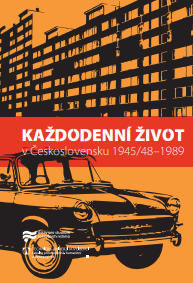Author(s): Jasmina Osmanković,Muamer Halilbašić,Marijana Galić,Jasmin Hošo / Language(s): Bosnian,Croatian,Serbian
Publication Year: 0
The authors respect the view that the agreement has brought peace, but there is room for questioning its effects on the economy, development and prosperity. At the same time they respect the view that peace is a necessary, but not sufficient condition for development. And third, it is unquestionable that without peace there is no prosperity. Thus, the territorial organization is important, development is more important, but peace is the most important. This is the context in which the results of application of these mathematical models should be viewed. This paper compares the efficiency of the model of territorial organization in 1990, or in pre-Dayton period, and efficiency of the territorial organization in the post-Dayton period, measured by applying DEA mathematical model, or CCR and BCC models. The model was applied to the basic territorial units of the Federation of Bosnia and Herzegovina, one of the two entities of Bosnia and Herzegovina. The main contribution is in the application of models and reducing the subjective influence in conclusions about the territorial organization which is determined by the Peace Agreement in Dayton. The paper uses the results of previous studies of the author. Secondary sources were also used, taken from the statistical yearbooks of the Institute for Statistics of Bosnia and Herzegovina, or rather the Institute for Statistics of Bosnia and Herzegovina and the Federal Institute for Programming. This paper, along with abstract and key words, includes an introduction, a review of previous studies, methodology, results, conclusion and bibliography.
More...















